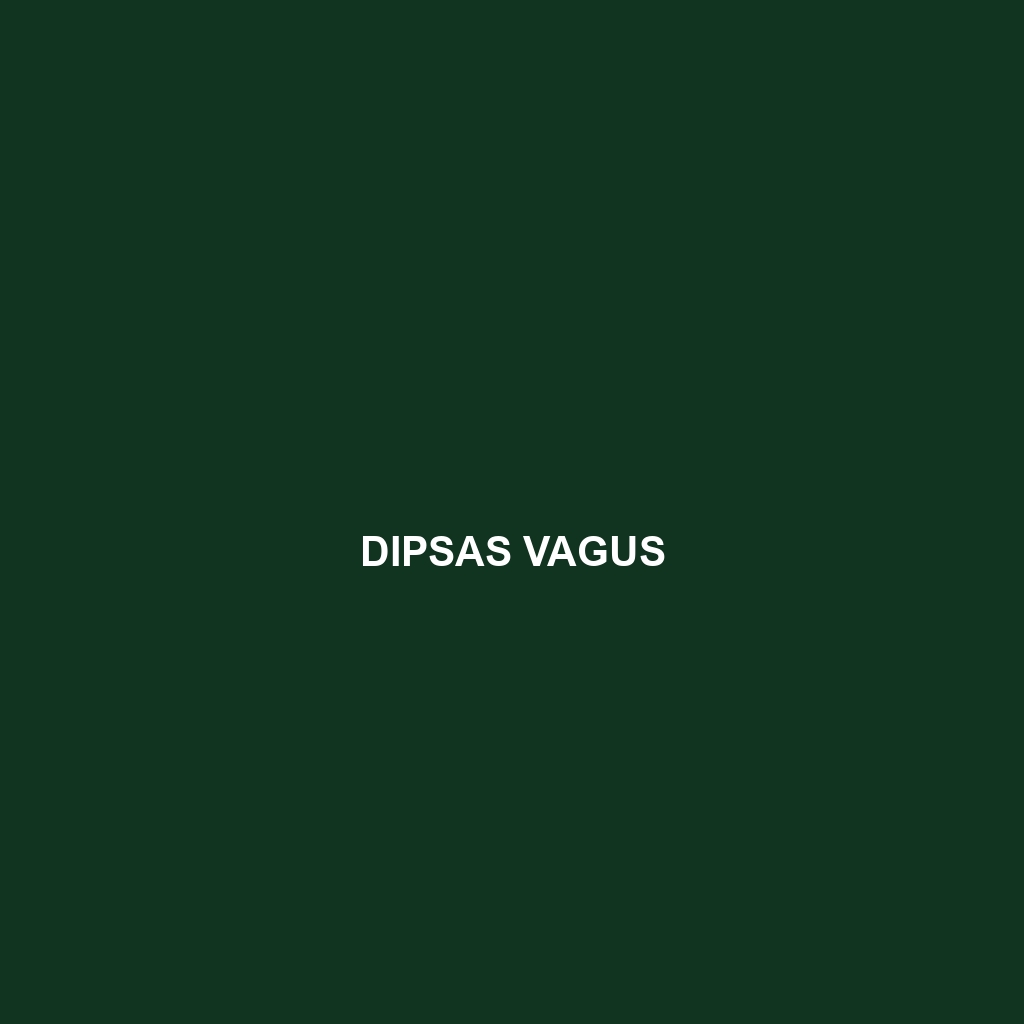
Tag: snake reproduction
-
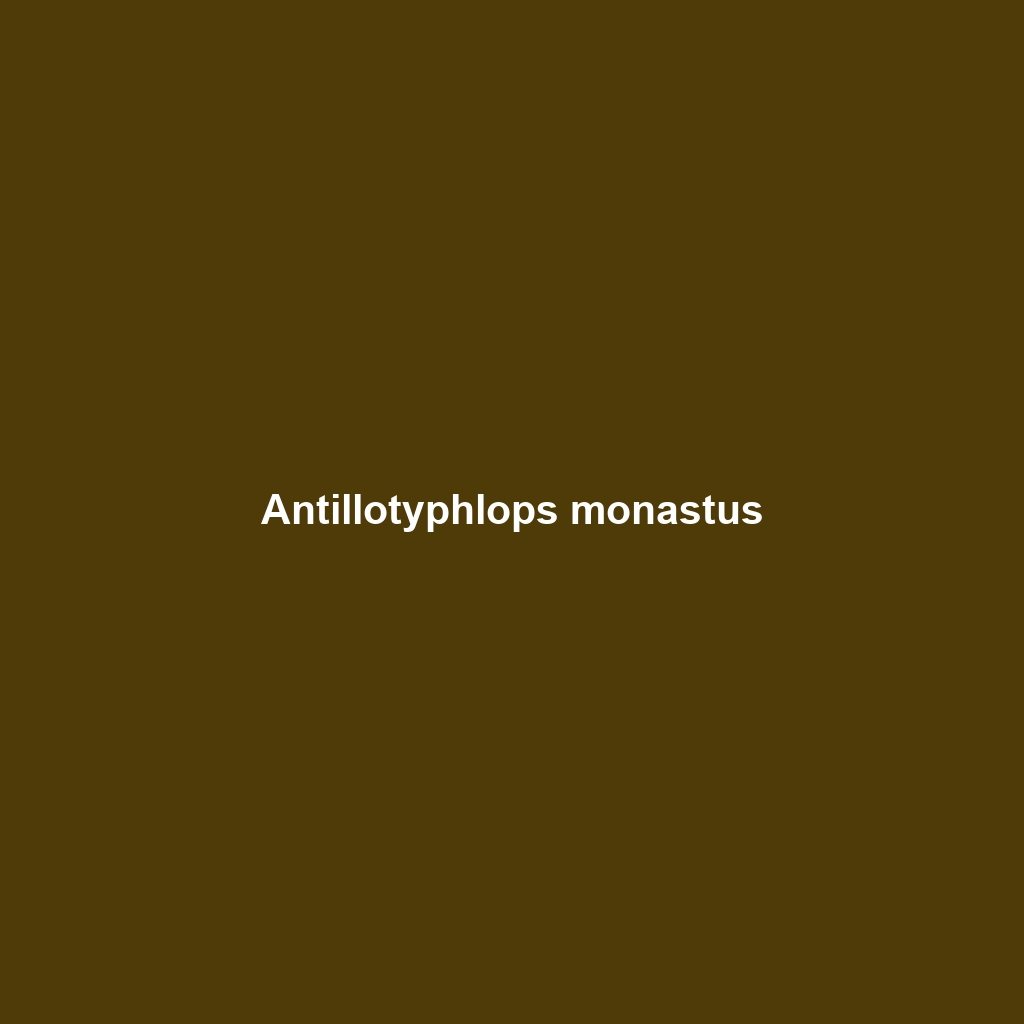
Antillotyphlops monastus
Discover the Antillotyphlops monastus, or Antillean blind snake, a small, fossorial species native to the Caribbean, known for its elongated body, cylindrical shape, and unique adaptations for a subterranean lifestyle. This vulnerable species plays a crucial role in its ecosystem by preying on small invertebrates and contributing to soil health.
-
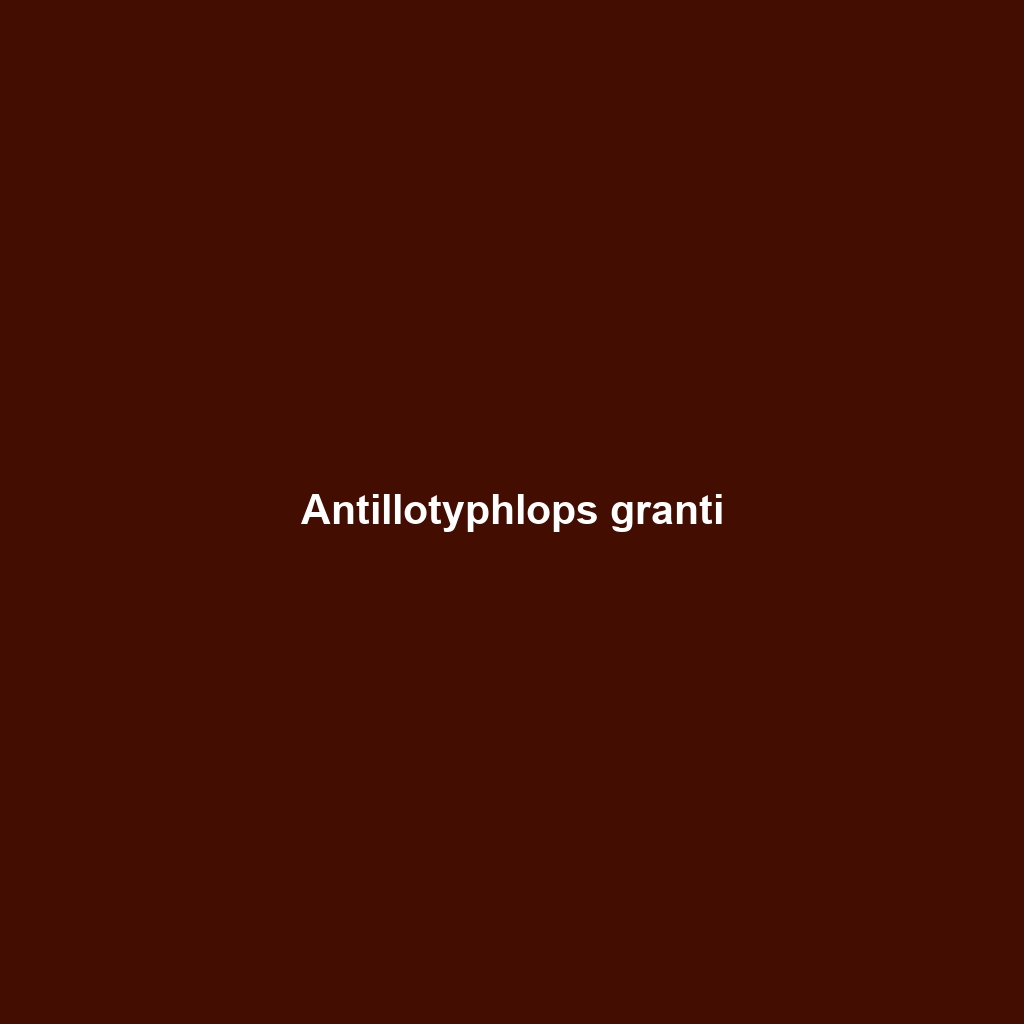
Antillotyphlops granti
Introducing Antillotyphlops granti, or Grant’s blind snake, a slender, nocturnal species native to the Caribbean, primarily found in Puerto Rico and the Virgin Islands. With its degenerated eyes, it thrives underground, feeding on small invertebrates and playing a crucial role in maintaining ecological balance.
-
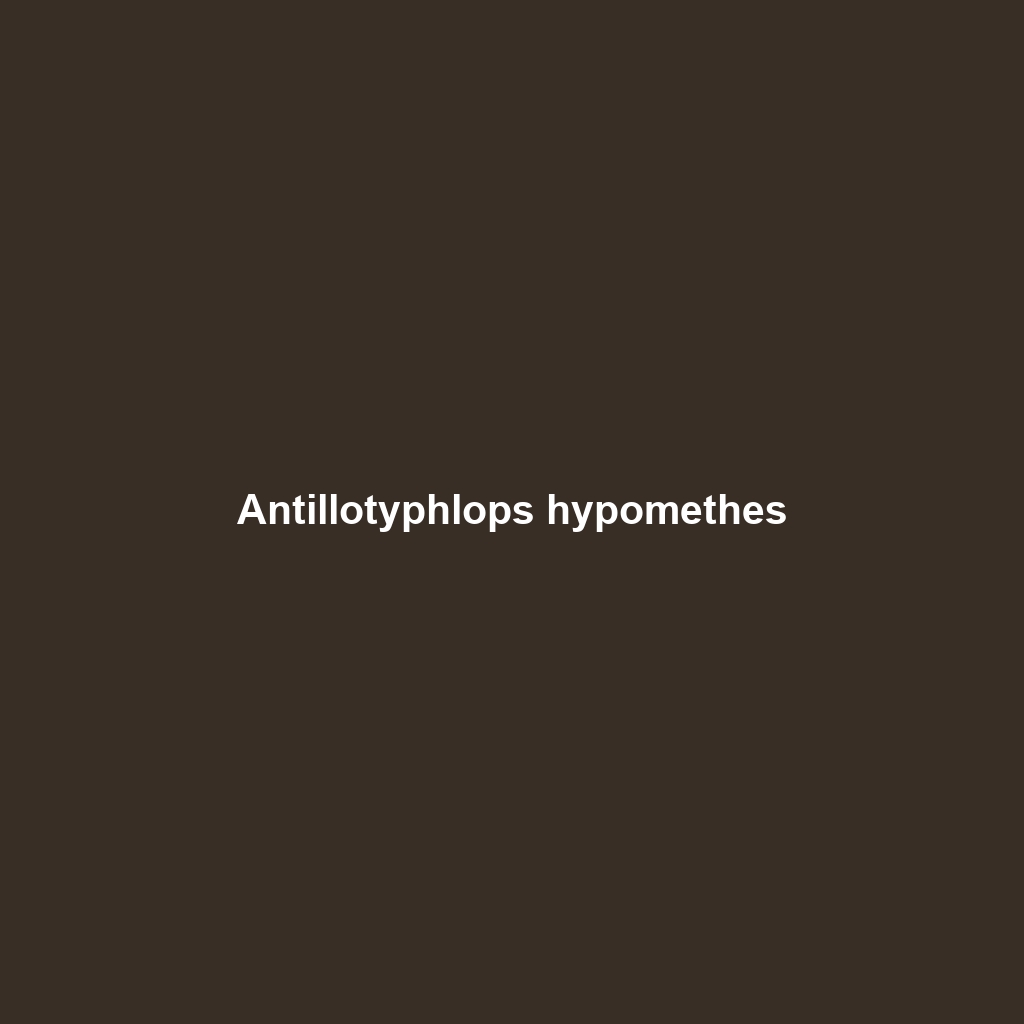
Antillotyphlops hypomethes
Discover the Antillean blind snake (Antillotyphlops hypomethes), a small, fossorial species native to the Caribbean islands, known for its distinctive smooth, cylindrical body and secretive behavior. This Vulnerable species thrives in moist, forested environments, primarily feeding on soft-bodied invertebrates while aiding in soil aeration and nutrient cycling.
-
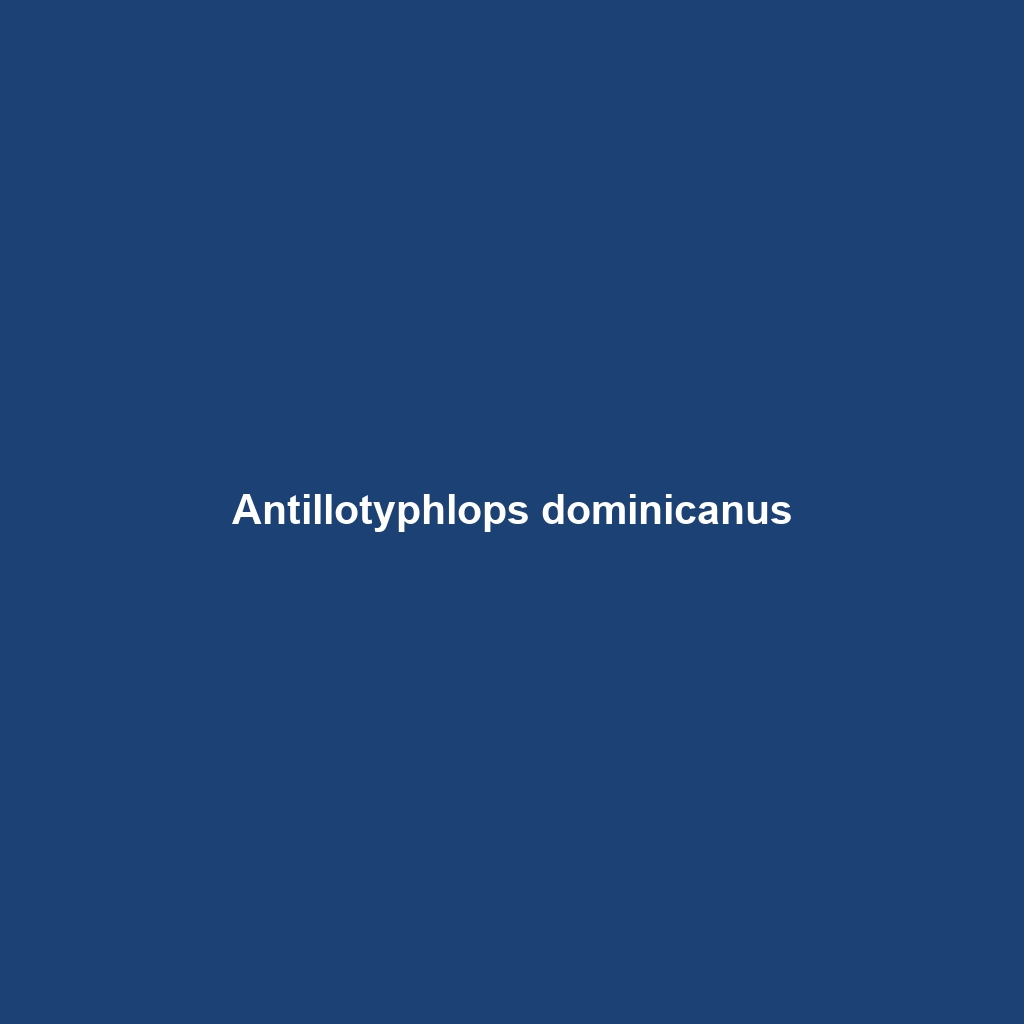
Antillotyphlops dominicanus
Discover the Antillotyphlops dominicanus, or Dominican blind snake, a fossorial species native to the Caribbean, thriving in moist soils of tropical forests and grasslands. With a unique diet primarily of soft-bodied invertebrates and a distinctive burrowing behavior, this small brown snake plays a vital role in maintaining ecological balance.
-
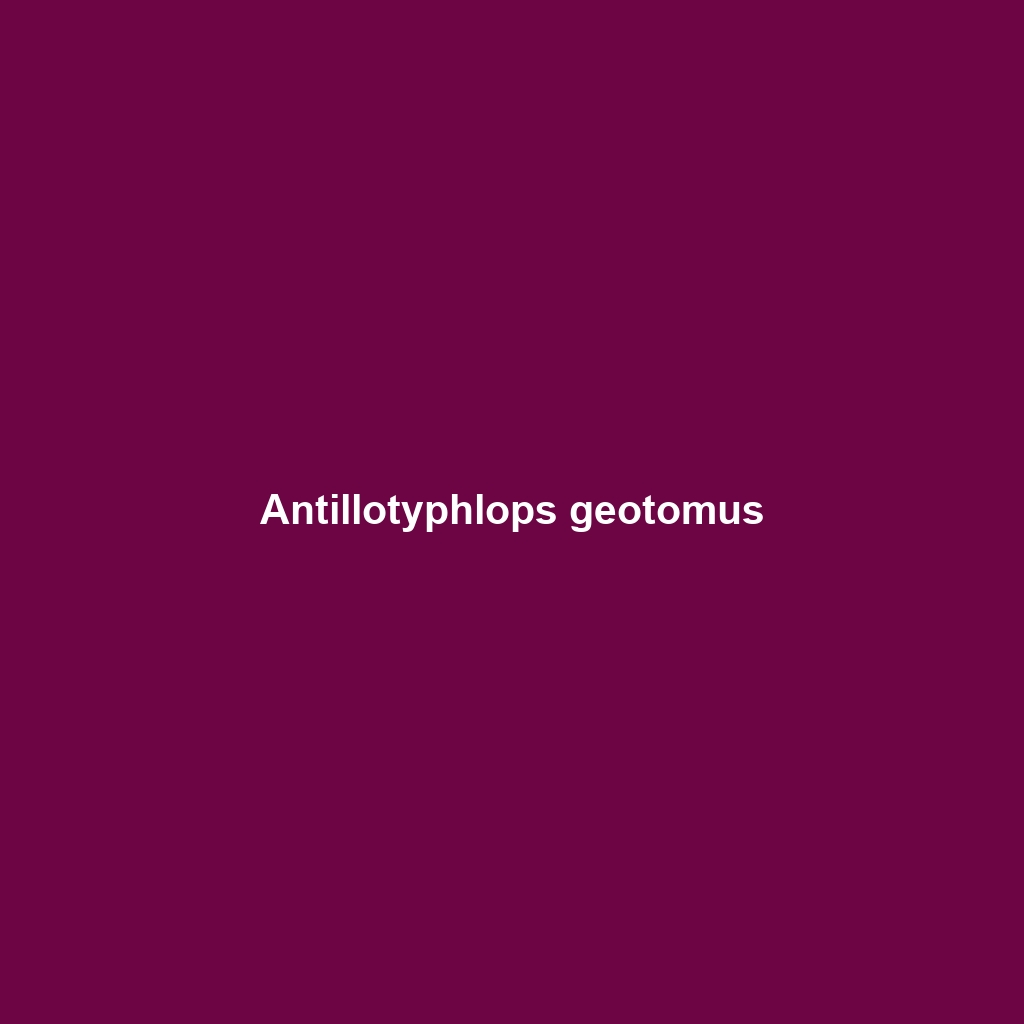
Antillotyphlops geotomus
Discover the Lesser Antillean Blind Snake (Antillotyphlops geotomus), a fascinating fossorial species native to the Caribbean’s tropical moist forests. Measuring 30 to 70 cm, this unique snake features a smooth, cylindrical body with reduced eyes, playing a vital role in controlling ant and termite populations while facing conservation challenges due to habitat destruction.
-
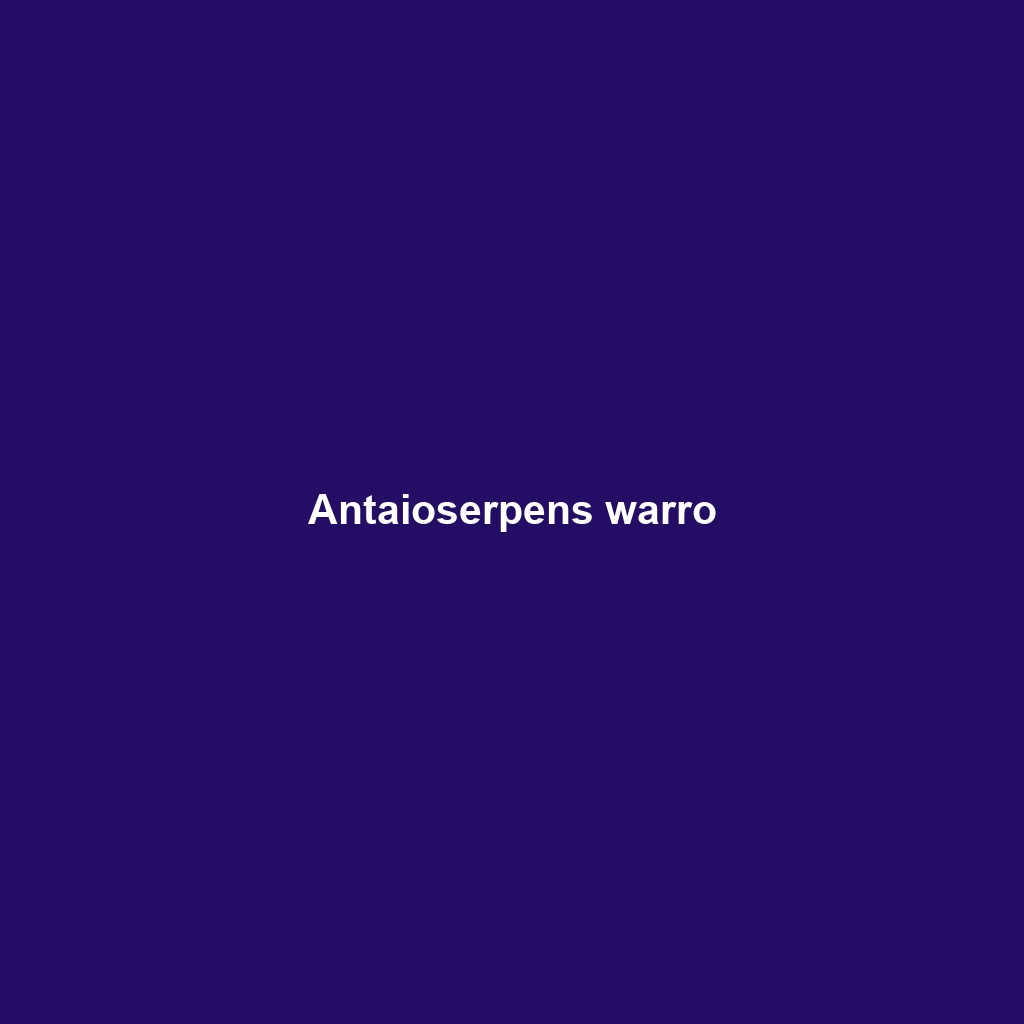
Antaioserpens warro
The Antaioserpens warro is a vibrant, arboreal snake native to Central America’s dense forests, reaching an average length of 1.5 meters. Its striking coloration aids in camouflage, while it plays a crucial ecological role as a predator of small mammals and birds.
-
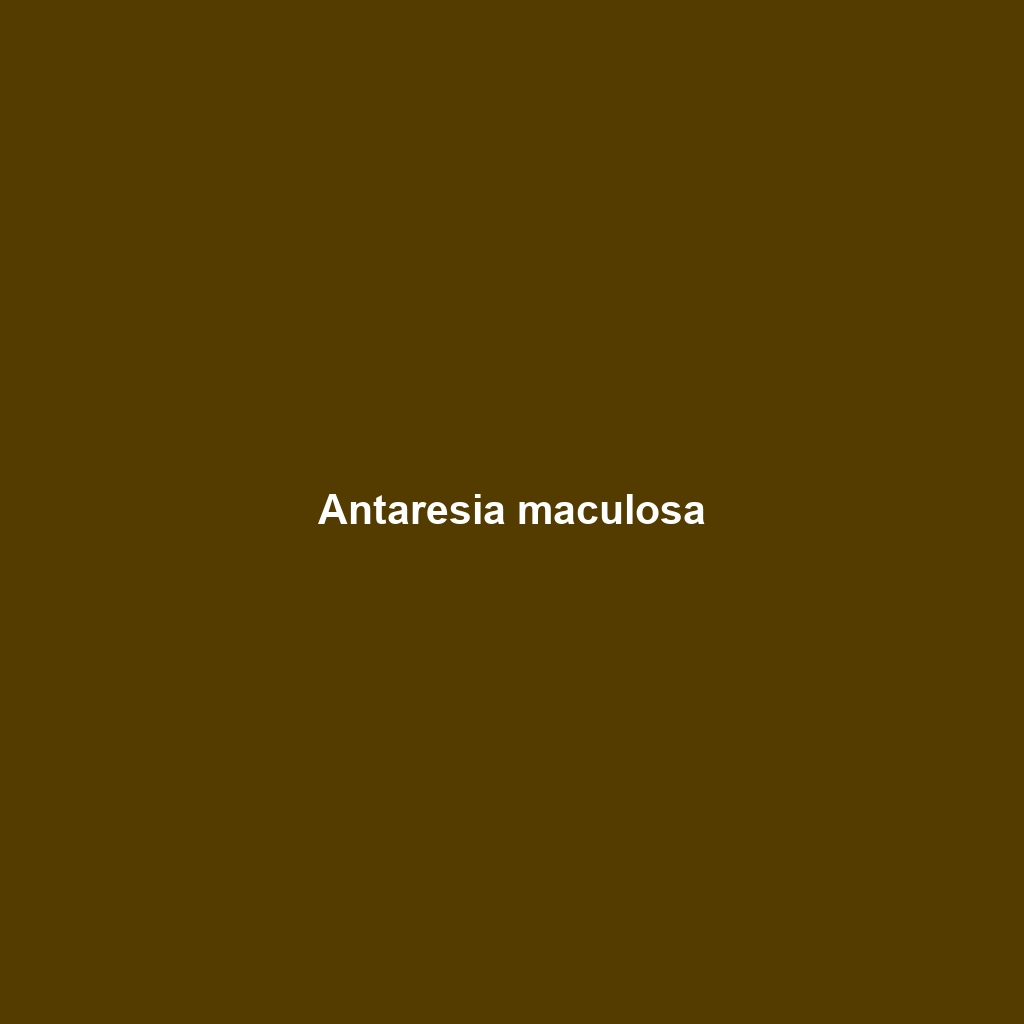
Antaresia maculosa
Discover the captivating Antaresia maculosa, or spotted python, known for its striking pattern of dark spots on a golden background. This calm, nocturnal reptile thrives in Australia’s diverse habitats, playing a crucial role in controlling local ecosystems.
-
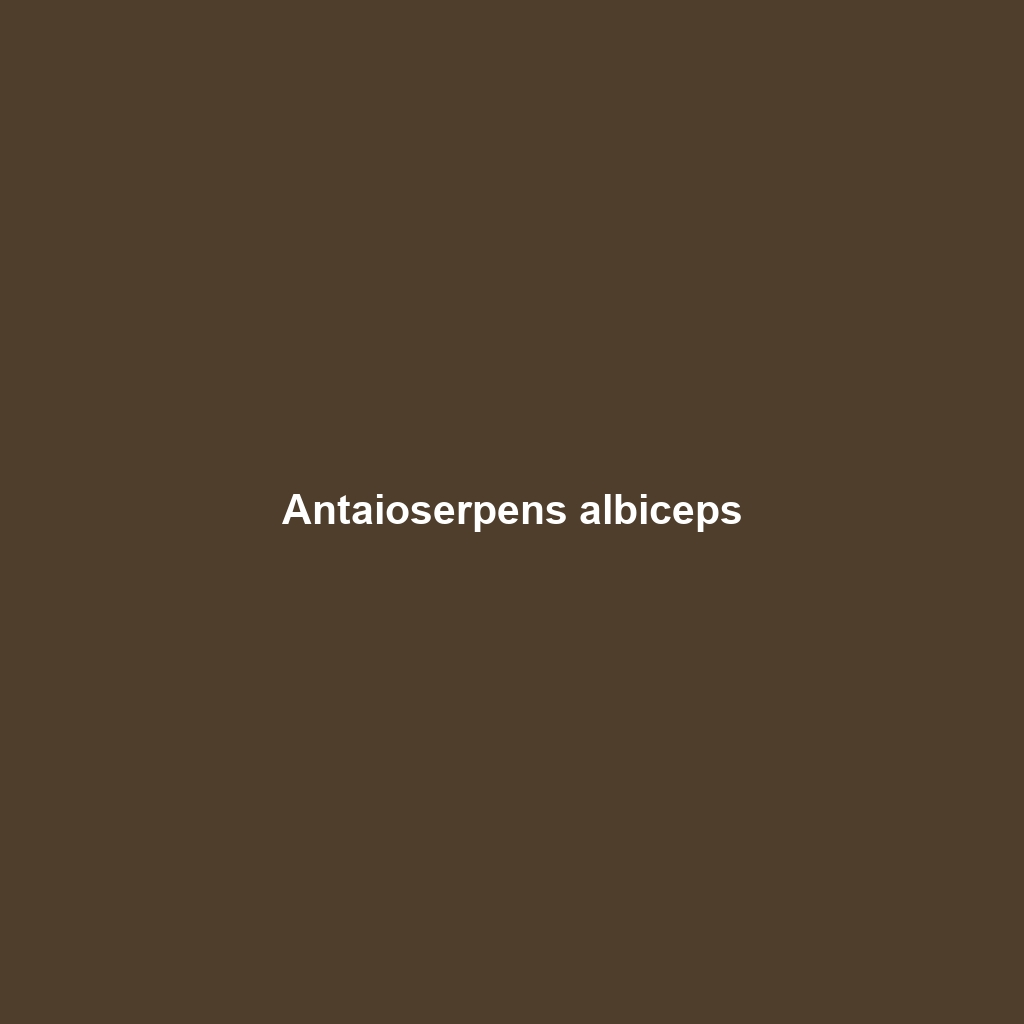
Antaioserpens albiceps
Discover the Antaioserpens albiceps, a stunning snake native to South America’s rainforests, characterized by its slender body, striking green and brown coloration, and impressive length of up to 1.5 meters. This primarily nocturnal predator plays a vital role in the ecosystem, controlling small mammal and bird populations while adapting to its habitat with remarkable camouflage…
-
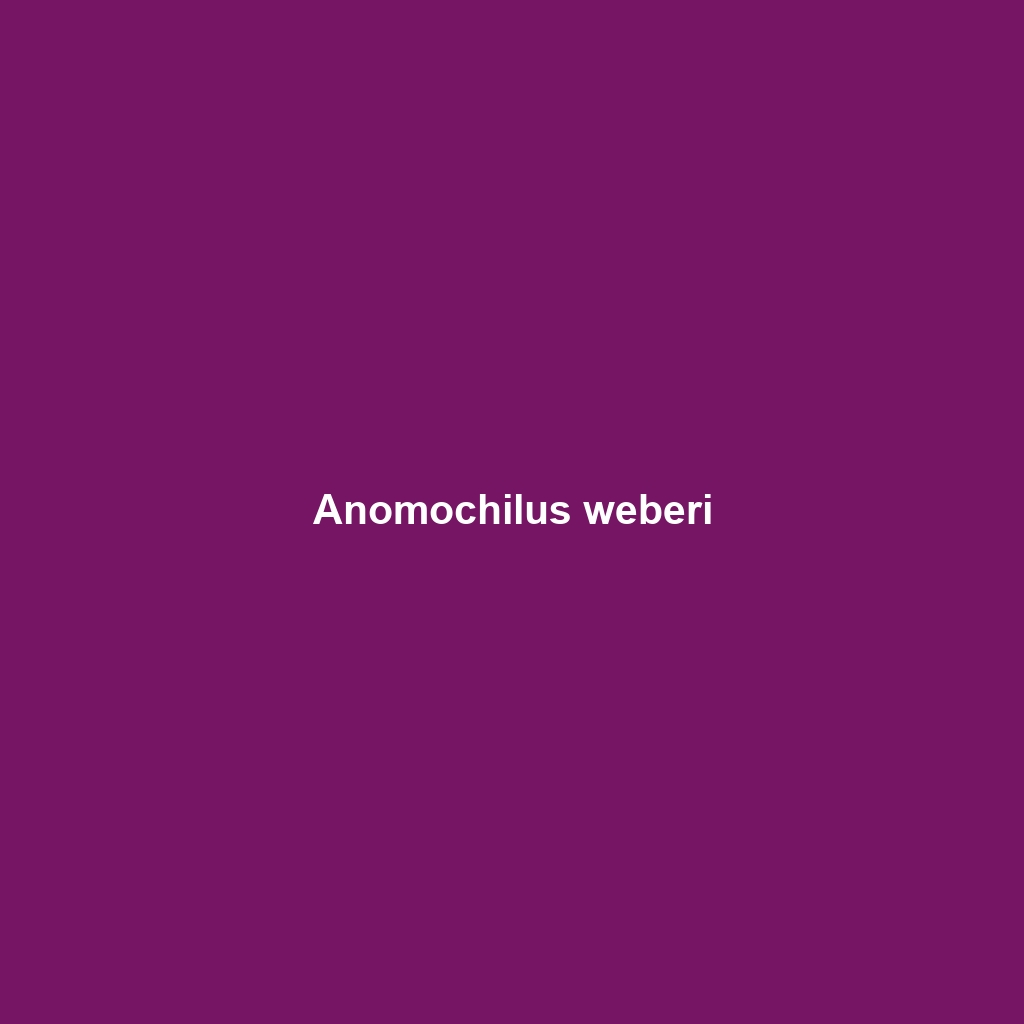
Anomochilus weberi
Discover the Anomochilus weberi, a slender, nocturnal snake found in the humid tropical forests of Southeast Asia, characterized by its rich brown coloration and intricate patterns. With a diet primarily consisting of small invertebrates, this vulnerable species plays a critical role in maintaining ecological balance by regulating insect populations.
-

Anomochilus leonardi
Discover the Anomochilus leonardi, or Leonard’s slug-eating snake, a nocturnal species native to the humid tropical forests of Southeast Asia, known for its slim body, unique diet of slugs and earthworms, and captivating banding patterns. Classified as vulnerable, this snake plays a crucial role in its ecosystem by controlling invertebrate populations and maintaining forest health.
Search
Popular Posts
-
Dipsas ventrimaculata
striking Dipsas ventrimaculata, or Ventrimaculate Snake, known for its slender body and striking camouflage. Found in the tropical forests of Central and South America, this nocturnal predator primarily feeds on slugs and snails, playing a vital role in its ecosystem.
-
Dipsas variegata
captivating Dipsas variegata, or variegated snail eater, a striking snake with dark brown and yellow bands, thriving in the humid rainforests of Central and South America. This non-aggressive, nocturnal predator specializes in consuming land snails, playing a crucial role in maintaining ecological balance.
-
Dipsas vagus
Dipsas vagus, or Vagus Snake, a slender, non-venomous species native to tropical Central and South American rainforests, known for its brown and gray camouflage and a diet primarily consisting of slugs and snails. Classified as Vulnerable, this fascinating snake plays a crucial role in its ecosystem by regulating prey populations while employing cryptic behavior to…
Categories
Archives
Tags
animal adaptations (713) animal behavior (4666) animal reproduction (763) bat species (661) behavior (915) biodiversity (6774) conservation (1670) conservation efforts (1415) conservation status (4595) diet (2090) echolocation (822) ecological balance (1400) ecological role (1276) ecology (789) ecosystem (1468) ecosystem role (2606) ecosystem roles (632) endangered species (2368) environmental conservation (657) habitat (3224) habitat conservation (884) Habitat Destruction (922) habitat loss (2877) insectivorous reptiles (643) IUCN Red List (1343) nocturnal animals (2688) nocturnal behavior (2186) omnivorous diet (594) physical characteristics (1958) reproduction (2835) reptile conservation (846) rodent (677) rodent species (1325) seed dispersal (2043) Seed Disperser (950) seed dispersers (590) small mammals (1163) snake reproduction (589) South America (773) species description (713) tropical forests (932) Vulnerable Species (4332) wildlife (2506) wildlife conservation (4371) wildlife protection (799)


